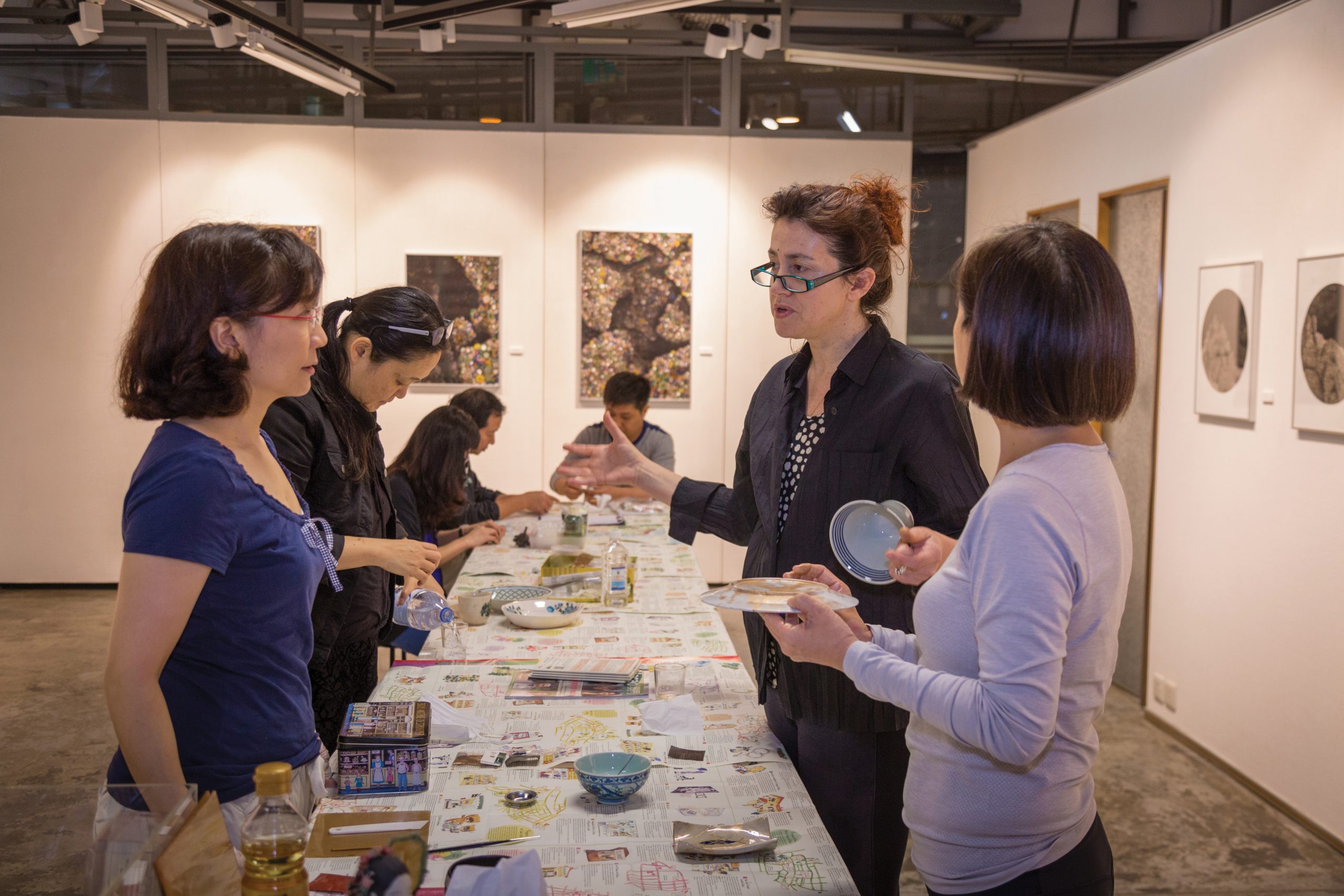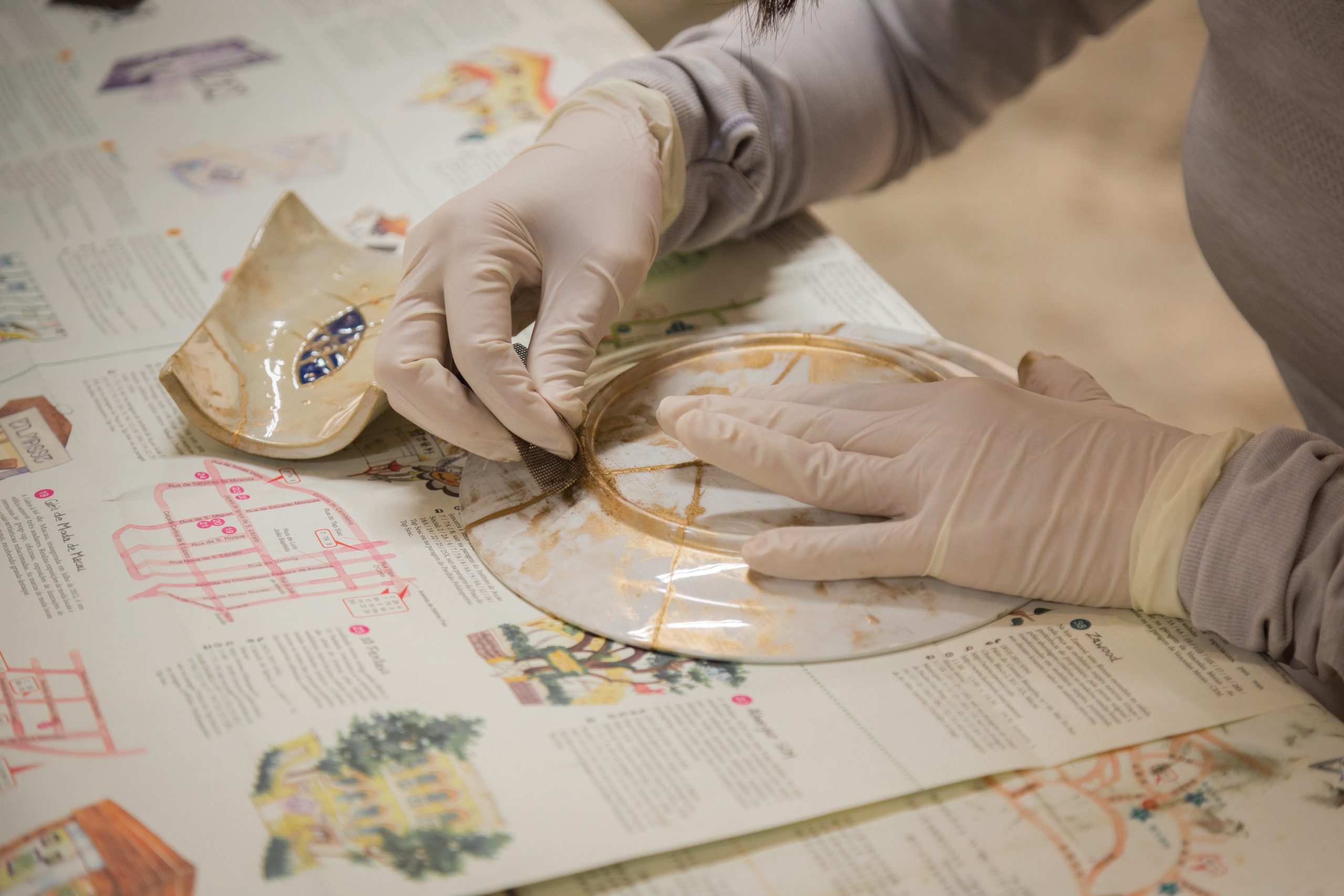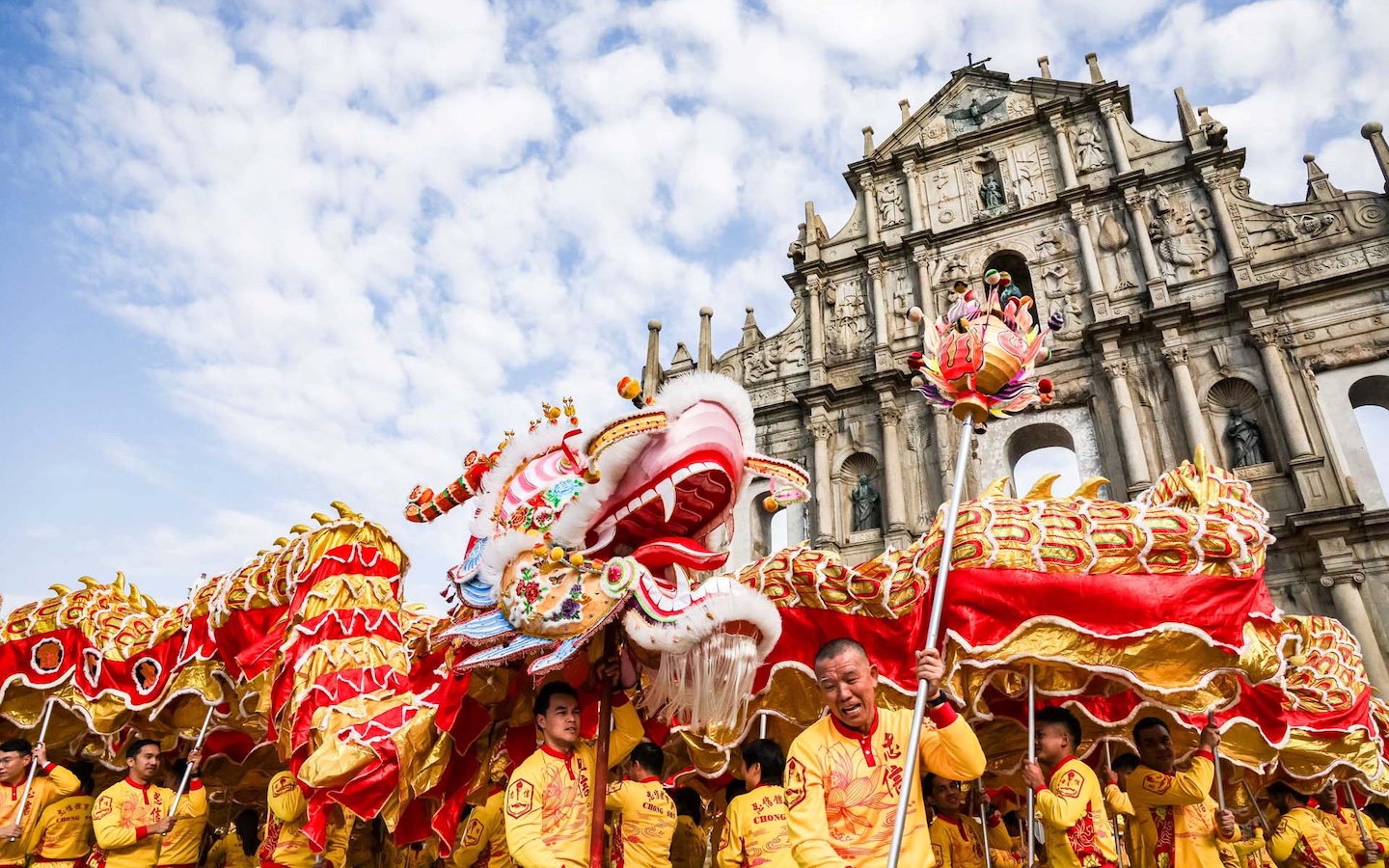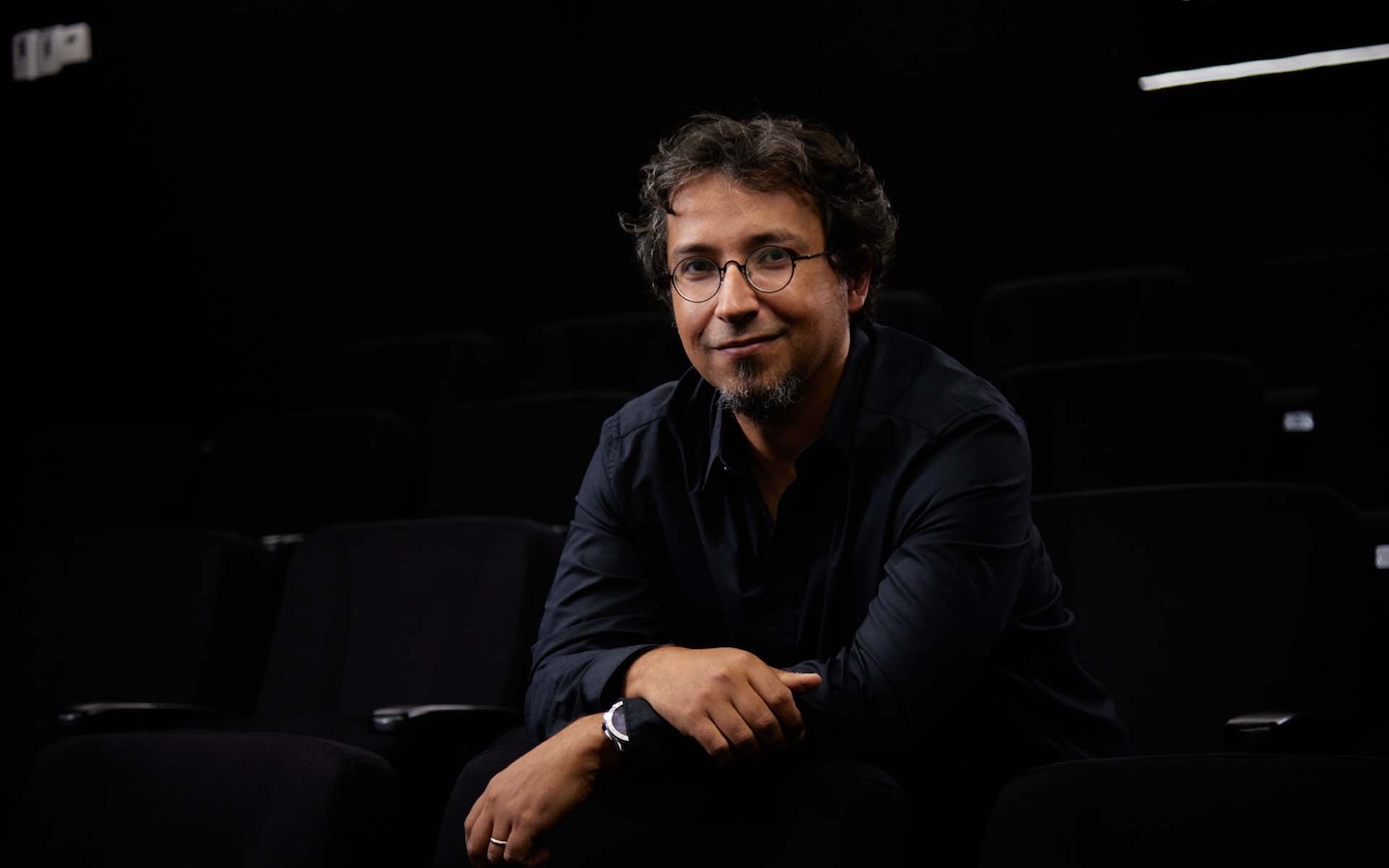TEXT Catarina Mesquita
Portuguese artist Kristina Mar based in Kyoto (Japan), recently visited Macao to share her knowledge of the technique of kintsugi. Giving broken objects a new lease on life is the purpose behind this ancient Japanese restoration practice
“In Japan, broken objects are often repaired with lacquer and gold. The flaw is seen as a unique piece of the object’s history, which adds to its beauty. Consider this when you feel broken.”
This phrase, by an unknown author, has circulated the Internet among thousands of other inspirational phrases. There are those who go beyond seeing it as mere philosophy and apply it to real life. Kristina Mar is one such person.
The Portuguese artist, who has resided in Japan for the last 25 years and now speaks Japanese fluently, sat down with us on one of her many trips to Macao to teach ceramics techniques and restoration. She briefly visited the territory in April to run two workshops on the Japanese technique of breathing new life into broken objects: kintsugi.
Organised by the centre for creative industries, Creative Macau, the classes drew attendees from a variety of local groups with members of all ages and sexes. For Creative Macau founder, Lúcia Lemos, “bringing Kristina Mar back to Macao promises new opportunities for curious students to discover their passions.” Previous sessions run by Mar have been popular with locals and, Lemos adds, it is “always good to receive the artist.”

Fascinated by the East
Hailing from Coimbra, Kristina Mar, while studying sculpture earned a degree in moulds for the ceramic industry in Portugal, an area she worked in for a number of years before the East began calling to her in the 80s.
Mar began her discovery of Asia in Macao where she lived from 1989 to 1991. She eventually settled in Japan, saying the country “fitted me well.” Mar became an independent ceramist in 1996, just three years after arriving in Kyoto, in the Kansai region. There she learned from the Japanese masters, perfecting techniques – including kintsugi – and creating works in different materials from pottery to wood to and glass.
“This is where I started to get my hands dirty. My experience working in Portugal was very industrial and technical. There wasn’t much time for touching raw materials,” Mar says.
Although she did not speak Japanese at the time, the artist did not see it as an impediment. “The language spoken with the hands in the making of Arts is something superior to any verbal language,” she explains.
Her creative work found international flavor, featuring in various exhibitions in Japan and Europe, as well as Macao. A 2015 show in the special administrative region, entitled “Ceramic for life,” presented a collection of objects used in everyday life, such as flowerpots and teacups.
Mar does not consider her art the result of either Portuguese or Japanese influences. “Art has a universal and independent status away from gender ideologies, culture, etc. therefore I can’t say I’m influenced by one culture or another. My way of thinking is largely Western, but I express myself in the East, therefore I think my expression in art is transversal,” she reflects.




The cracks that tell stories
The ancient technique of kintsugi brings new life to broken objects. Instead of hiding the cracks caused by accidents, they’re coated or glued with lacquer to later be painted in gold, silver or platinum that serves to highlight them even more.
“From its beginnings, kintsugi was not applied to porcelain but to wood, paper or clay, the more absorbent materials,” Mar says. “This technique was born from what the Japanese call mottainai – regret when something is wasted – and to appreciate these cracks is to value the history of the object.
The ancient technique of kintsugi brings new life to broken objects. Instead of hiding the cracks caused by accidents, they are coated or glued with lacquer to later be painted in gold, silver or platinum
“Everyone has things that break and which they don’t want to throw out, and generally speaking it’s the things we care for most that break most frequently (laughing). This way these objects end up having a history, they have scars which instead of being hidden, are glorified,” Mar explains. “We are giving greater value to what happened, much like we do to the events in people’s lives.”
The lacquer, urushi in Japanese, comes from the resin of the species Toxicodendron vernicifluum, commonly known as the Chinese lacquer tree. It takes 15 years for a tree to mature enough to produce quality resin, and it can only be harvested between June and November. Before applying resin to objects, it is usually mixed in iron powder that renders it black or red and which stiffens when in contact with oxygen, creating a strong bond between the cracks in objects.
Urushi dates back thousands of years. Initially used for its adhesive properties, it was applied to hunting and war artefacts. Eventually its artistic qualities became clear, first in the art of lacquering surfaces, then in decorative arts such as Makie, and later kintsugi.
Just a sample
The complexity of the technique requires patience above all, according to Mar. “Sometimes it takes years to finish a piece and these workshops are just for students to have access to basic knowledge. “Knowing that it’s an exercise in patience, it’s important to me that people do not give up on this process. By knowing the basics they can gradually apply them at home,” Mar explains.
Although she does not yet have a date scheduled for workshops in the territory, the artist promises a return to Macao, saying “it’s always within easy reach, and it’s good to visit friends.”




